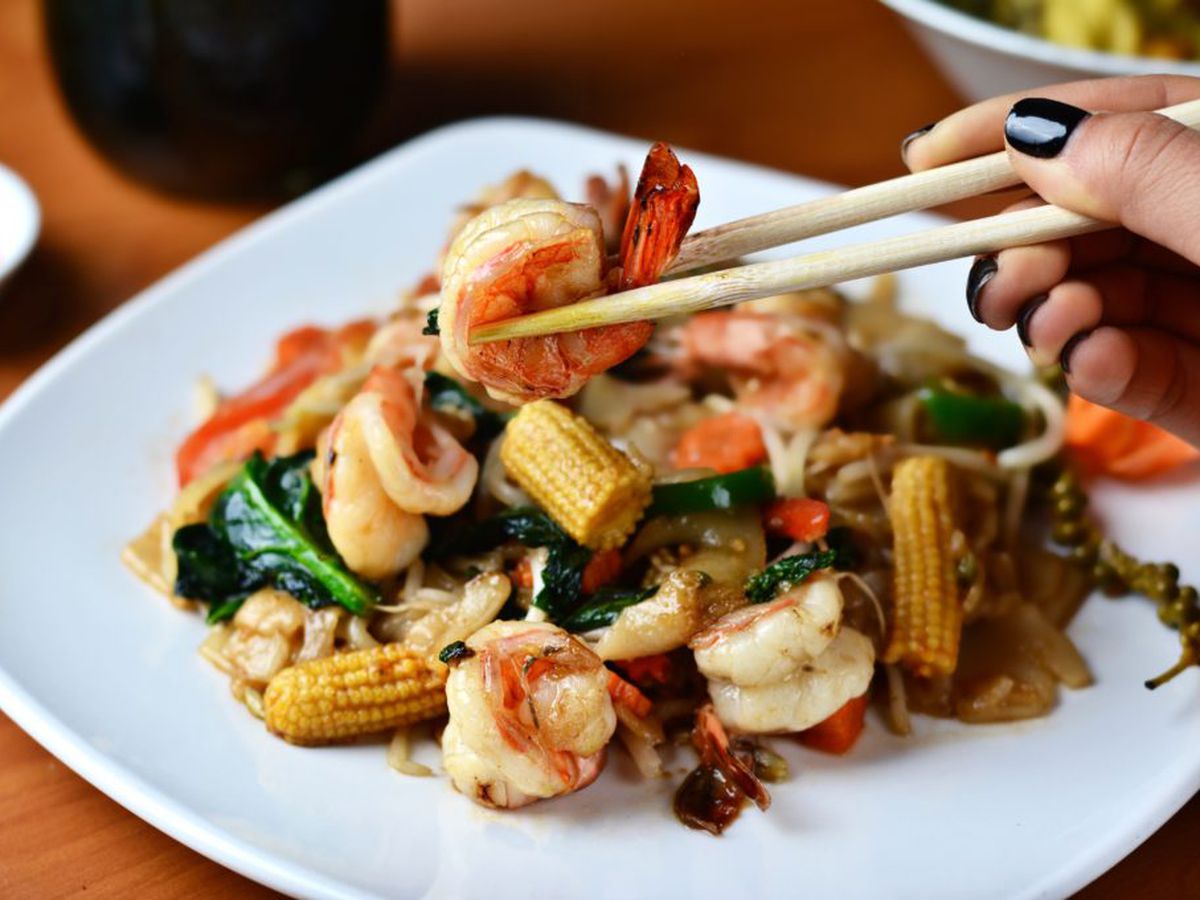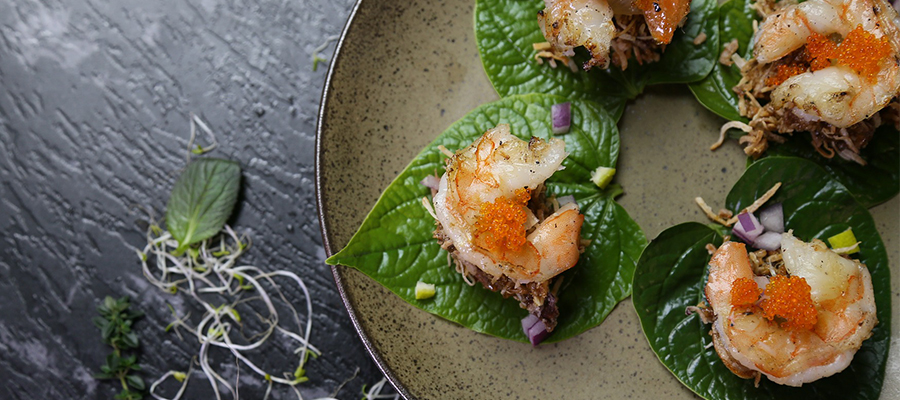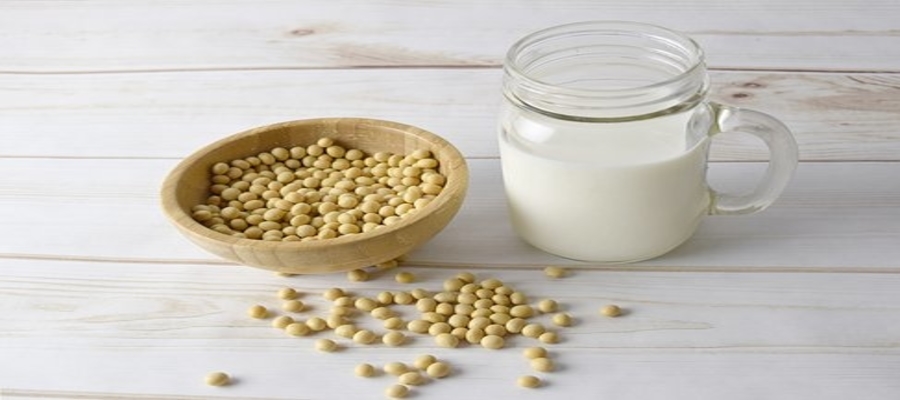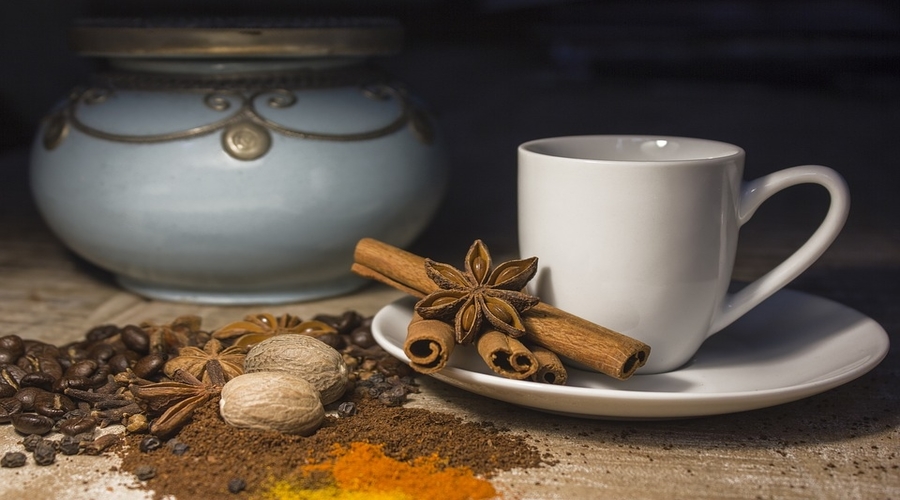The thai cuisine is one of the most unique styles of cooking in the multitude of cuisines around the world. As Asian cuisine, similar to Japanese cuisine, it places a large focus on intricate dishes that are lighly prepared. Strong aromatic aspects are used in Thai cooking to enhance the flavours. For examples, chilis can often be found in Thai cuisine to bring a spicy kick to the dish. And this unique style has gained fans from across the world. In 2017, seven of the "World's 50 Best Foods," were derived from Thai cuisine, according to a survey by CNN Travel. Let's take a look at some of the most popular dishes in the cuisine.
Pad Thai in the Thai cuisine
Popularized during World War II, Pad Thai had a huge purpose to the Thai community. Because of the rice shortages, the government popularized rice noodles as an alternative. As a result, Pad Thai and other rice noodle dishes became a large part of Thai cuisine and culture. Pad Thai is a stir-fried rice noodle dish, where rice noodles are stir-fried with eggs, tofu, vegetables, and typically a protein such as chicken or beef. The noodles are flavoured with a combination of soy sauce, fish sauce, and a tamarind paste, which gives it a sweet and savoury flavor. Pad Thai is often served with peanuts or lime wedges on the side.
Curries in the Thai cuisine
Thai curries are also extremely popular. For example, the massaman curry and green curry are two of the top Thai curries, both appearing in the list of the "World's 50 Best Foods." Thai curries differ from traditional Indian curries as they incorporate more tropical aspects, such as coconut cream. Other than that, they will still use a lot of the same ingredients as curries, such as dried chili peppers, cilantro, and many other spices. As a result, these curries are extremely popular and pair well with other foods.
Tom Yum in the Thai cuisine
Tom yum is a hot and sour Thai soup, typically cooked with shrimp. The soup has distinct hot and sour flavours, created with the variety of fragrant spices and herbs used in the broth. The spicy aspect comes from the chilis. On the other hand, the sour aspect will usually comes from the limes, although there are varieties where tamarind is used to produce the sour flavour instead. Tom yum also has multiple fresh ingredients such as lemongrass, galangal, and kaffir lime leaves. This hearty soup has become one of the most renowned dishes of Thai cuisine.
Spices and herbs in the Thai cuisine

Source: mygrocer.org
Spices and herbs play a vital role in Thai cuisine, adding distinctive flavors and aromas to dishes. Here's how spices and herbs are commonly used in Thai cooking:
-
Lemongrass (Ta-khrai): Lemongrass is often used as a flavoring agent in Thai cuisine. It has a citrusy, lemony scent and imparts a refreshing taste to dishes. The tough outer layers are typically bruised or crushed before being added to curries, soups, and stir-fries to release their flavor. Lemongrass is also used to make herbal teas.
-
Galangal (Kha): Galangal is a rhizome similar to ginger but with a unique flavor. It has a slightly spicy and peppery taste and is often used in Thai curries, soups (such as Tom Yum), and stir-fries. Galangal is usually sliced or grated and added to dishes. It adds a distinct earthy and aromatic quality to the food.
-
Kaffir Lime Leaves (Bai Makrut): Kaffir lime leaves have a strong citrusy aroma and are widely used in Thai cuisine. They are added whole or torn into pieces to curries, soups, and stir-fries to infuse their distinct fragrance. The leaves are typically removed before serving as they are not meant to be eaten.
-
Thai Basil (Bai Horapa): Thai basil is a variety of basil with a slightly spicy and licorice-like flavor. It is used in stir-fries, curries, and noodle dishes. Thai basil leaves are often added towards the end of cooking to retain their freshness and flavor.
-
Cilantro (Pak Chi): Cilantro, also known as coriander leaves, is a common herb used in Thai cuisine. It is added to salads, curries, soups, and as a garnish for various dishes. Cilantro leaves have a fresh, citrusy taste and add a pop of color to the food.
-
Mint (Bai Saranae): Mint leaves are used to add a cool and refreshing element to Thai dishes. They are commonly used in salads, stir-fries, and spring rolls. Mint leaves are known for their distinct and uplifting flavor.
These are just a few examples of the many herbs and spices used in Thai cuisine. Each ingredient contributes its unique flavors, fragrances, and textures, resulting in the vibrant and aromatic nature of Thai dishes. The combinations of these herbs and spices create a delicate balance of sweet, sour, salty, and spicy flavors that are characteristic of Thai cuisine.
Rice in the Thai cuisine
Rice is a fundamental component of Thai cuisine and is consumed in various forms. Here's how rice is commonly used in Thai cooking:
-
Steamed Jasmine Rice (Khao Suay): Steamed jasmine rice is the most common type of rice served in Thai cuisine. It is a fragrant, long-grain rice with a slightly sticky texture when cooked. Steamed jasmine rice is often served as a side dish alongside main courses, curries, stir-fries, and other Thai dishes.
-
Fried Rice (Khao Pad): Fried rice, known as "Khao Pad," is a popular Thai dish made by stir-frying cooked rice with various ingredients such as vegetables, meats, seafood, and eggs. It is seasoned with soy sauce, fish sauce, and other seasonings for flavor. Khao Pad is a versatile dish that can be customized with different ingredients based on personal preferences.
-
Pineapple Fried Rice (Khao Pad Sapparot): Pineapple fried rice is a flavorful and colorful Thai rice dish that combines cooked jasmine rice with pineapple chunks, shrimp or chicken, vegetables, and seasonings. The dish is often served in a hollowed-out pineapple for an appealing presentation.
-
Rice Noodles (Kuay Tiew): While not technically rice itself, rice noodles are widely used in Thai cuisine. They are made from rice flour and come in various shapes and sizes, such as thin noodles (sen lek), wide flat noodles (sen yai), and rice vermicelli (sen mee). Rice noodles are used in popular dishes like Pad Thai, Pad See Ew, and various soups such as Tom Yum.
-
Sticky Rice (Khao Niao): Sticky rice, also known as glutinous rice, is a staple in northern and northeastern Thai cuisine. It has a sticky and chewy texture and is traditionally eaten by hand, rolled into small balls and dipped into accompanying dishes. Sticky rice pairs well with grilled meats, spicy dips, and other northeastern Thai specialties.
-
Rice Porridge (Khao Tom): Rice porridge, known as "Khao Tom," is a comforting and popular dish in Thai cuisine, particularly as a breakfast or as a light meal. It is made by simmering rice in water or broth until it becomes soft and creamy. Khao Tom is often enjoyed with various toppings such as ground pork, chicken, or preserved eggs, and flavored with ginger, garlic, and soy sauce.
Rice is a versatile and essential ingredient in Thai cuisine, serving as a base or accompaniment to a wide range of dishes. It is valued for its ability to complement the flavors and textures of other ingredients while providing a satisfying and filling element to Thai meals.
Salads and Fresh Ingredients in the Thai cuisine
Salads and fresh ingredients are important components of Thai cuisine, contributing to its vibrant flavors and refreshing qualities. Here's how they are commonly used:
-
Thai Salad (Yam): Thai salads, known as "yam," are a popular category of dishes that combine a variety of fresh ingredients with a tangy, spicy, and often sweet dressing. They often feature a balance of flavors, including sour lime juice, spicy chilies, fish sauce, and a touch of sweetness from palm sugar. Some well-known Thai salads include Som Tum (green papaya salad), Yam Nua (spicy beef salad), and Yam Woon Sen (glass noodle salad).
-
Fresh Herbs and Vegetables: Thai cuisine makes ample use of fresh herbs and vegetables to enhance flavors and textures. Commonly used herbs include cilantro, Thai basil, mint, and culantro (a long-leafed herb with a distinctive flavor). These herbs are added to dishes as garnishes, incorporated into salads, or used to infuse flavors in soups and curries. Fresh vegetables such as cucumber, bean sprouts, lettuce, and tomatoes are also used in salads and as accompaniments to other dishes.
-
Citrus Fruits: Citrus fruits like lime and tamarind are frequently used in Thai cuisine to provide a tangy and refreshing element. Lime juice is commonly squeezed over dishes or used in dressings, while tamarind is used to add a slightly sour and tangy flavor to soups, curries, and sauces.
-
Fruit in Savory Dishes: Thai cuisine is known for its creative use of fruits in savory dishes. Fruits such as pineapple, green mango, and pomelo are incorporated into salads, stir-fries, and curries to add a balance of sweet and sour flavors.
-
Fresh Seafood: Thailand's coastal location provides abundant access to fresh seafood, which is commonly used in Thai cuisine. Shrimp, squid, fish, and mussels are popular choices. They are often used in salads, stir-fries, curries, and soups to add a delicate and savory taste.
Fresh ingredients are highly valued in Thai cuisine, as they contribute to the overall freshness, vibrancy, and balance of flavors in the dishes. The combination of these ingredients with the complex flavors of herbs, spices, and dressings creates a unique and enticing culinary experience.


